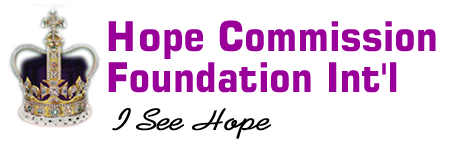These are fascinating and confusing times. It seems that harsh dialogue has become more normalized and that there is both an underlying sense of aggression and helplessness in the United States and in the world. On the rare occasion I listen to the news these days, I have to allow time to feel the sadness wash over me so I can go back to the work of the day. Once I breathe, soften, calm, and collect myself, I am more committed to consciously accepting the challenge to put into motion a little bit of what Charles Eisenstein calls “the more beautiful world our hearts know is possible” (2013).
In my 40 years as a Montessorian, the most important work I’ve done has grown out of Montessori’s overarching idea that we are to create a pathway for the New Human, “whose aspirations have transcended the temptation of personal advantages in the way of power and possessions, a human who has attained a high level of moral consciousness and can work for the good of humanity” (Grazzini, p. 37). To turn back to Eisenstein, these new humans will be the key to the more beautiful world our hearts know is possible, because they will possess a clarity of vision, a capacity for kindness, and an ability to shape society for a peaceful world.
All methods, materials, and lessons are meaningless unless we learn to capture the spirit of work that opens the door of possibility. When we as Montessorians falter, I think it is because we do not sufficiently understand that ultimately we must serve all of humanity, which means everyone. And implied is the notion that we must also serve the earth and be its stewards.
Montessori knew that to cultivate this pathway for the New Human, we must begin with the youngest children. Today, we read her words and look at her charts, and we know that the scaffolded experiences she prescribed are supported by current research in education and in child and adolescent brain development. I’m particularly drawn to research on mindfulness and attachment, which enhances Montessori’s work and gives us more developed tools for dealing with the effects of technology and trauma on children and adolescents in our schools.

